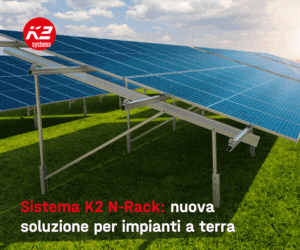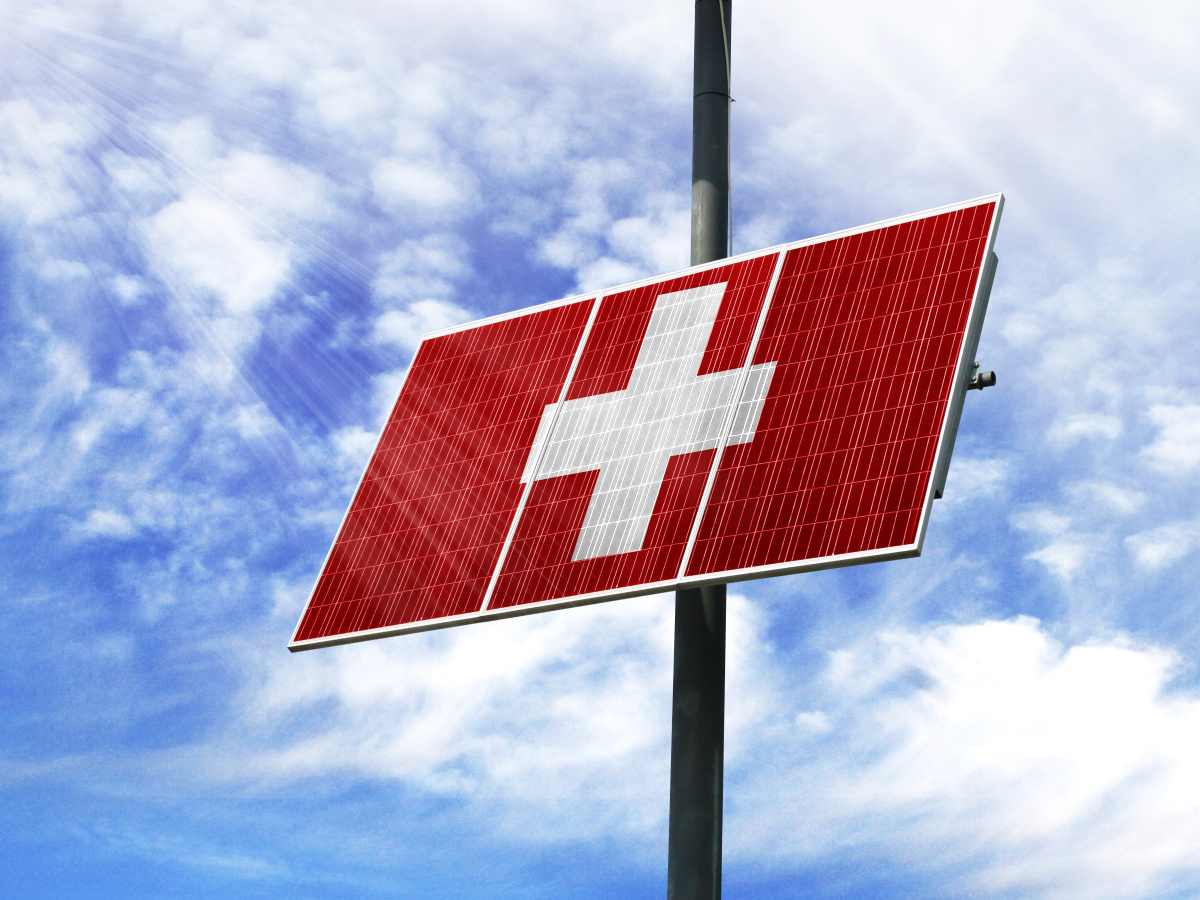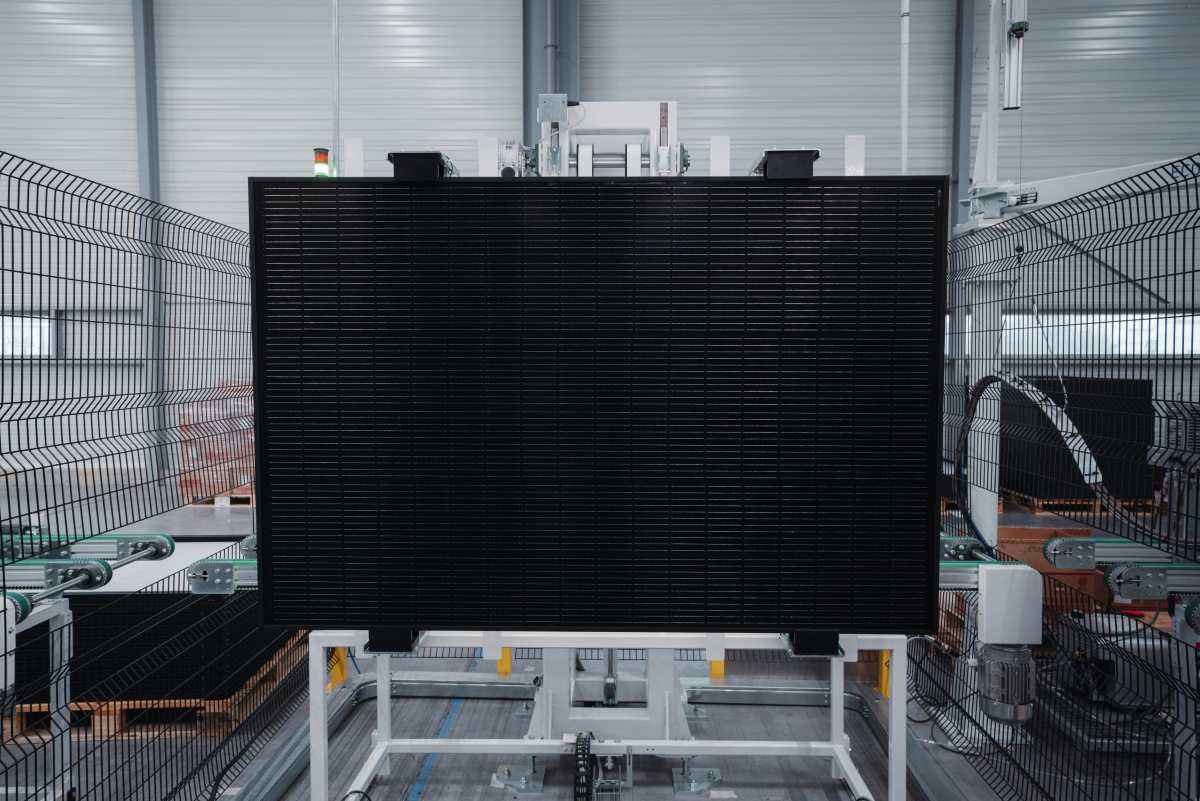We asked to Ash Sharma Senior Research Director for the IHS PV Research Group where the PV market is going.
Mr Sharma, in the last years projections, especially when looking forward to more than a couple of years, have almost always underestimated the growth of PV demand. What caused PV to grow more than expected in the last years?
Generous incentives have been introduced in many countries, this has driven installations and supply of PV system components. System prices have fallen dramatically over the past few years which has allowed new PV markets to develop and installations to boom in existing markets. Several large booms have been caused by over generous incentives such as in Spain and Czech Republic and the subsequent ending of the incentive.
Someone forecasts annual PV global demand to grow to 100 GW by 2018. Do you agree with this projections? Which will be the main drivers of growth for the next years?
 IHS predicts that annual global demand will reach around 70-80 GW in 2018, however, there is always upside potential and there are a number of emerging markets which have the potential to exceed their forecasts. Government incentives will remain an important driver for installations, however, over the forecast period we will see unincentivised systems being installed both for self-consumption and through private PPAs.
IHS predicts that annual global demand will reach around 70-80 GW in 2018, however, there is always upside potential and there are a number of emerging markets which have the potential to exceed their forecasts. Government incentives will remain an important driver for installations, however, over the forecast period we will see unincentivised systems being installed both for self-consumption and through private PPAs.
Which will be the biggest markets in 2014?
IHS predicts the top three largest markets in 2014 to be: China, Japan, USA.
And in Europe?
The UK has become one of the most attractive PV markets in Europe and is forecast to be the fastest growing market in the region in 2014.
Has the PV industry left behind oversupply? How do you expect prices to evolve this year and in the next few years?
On the module level there is still some oversupply, we are seeing 68 GW of global capacity and 49 GW of demand in 2014. For cells and wafers, capacities are tighter, here we are seeing a balanced situation in 2014. Regarding prices – we are expecting an 8% decline of the annually averaged module ASP in 2014. $0.67/W are projected for Q4 2014. In the following years we’ll also see annual price declines of 5-10% leading to $0.48/W in 2018.
What do you think about the Italian PV market: how big do you expect it to be in 2014?
IHS predicts the Italian market to be around 1 GW in 2014, around a third of this will be made up of remaining Conto Energia projects approved in 2013 and the remainder will be made up of systems driven by net-metering and a few large-scale projects installed without incentives for a combination of self-consumption and private PPAs. Italy will be one of the first European countries to see systems installed outside of incentives. Starting in 2014 IHS predicts around 100 MW of projects without incentives and that this section of the market will grow over the forecast period.
In some electric markets, like in Italy and in Germany, PV production is already giving big troubles to conventional power, specially to gas powered plants. At the same time the growth of self consumption from PV in a near future could damage utilities. At the moment there is a sort of struggle beetween conventional power and PV. How do you think it will evolve? Can it slow the development of PV in some markets?
This is a concern for the PV industry and to date we have seen several countries introducing grid charges and transmission charges for systems taking advantage of net-metering or self-consumption. A good example is Spain, where the introduction of grid-charges has basically stalled the market for grid-connected PV systems in 2013 and 2014.


































